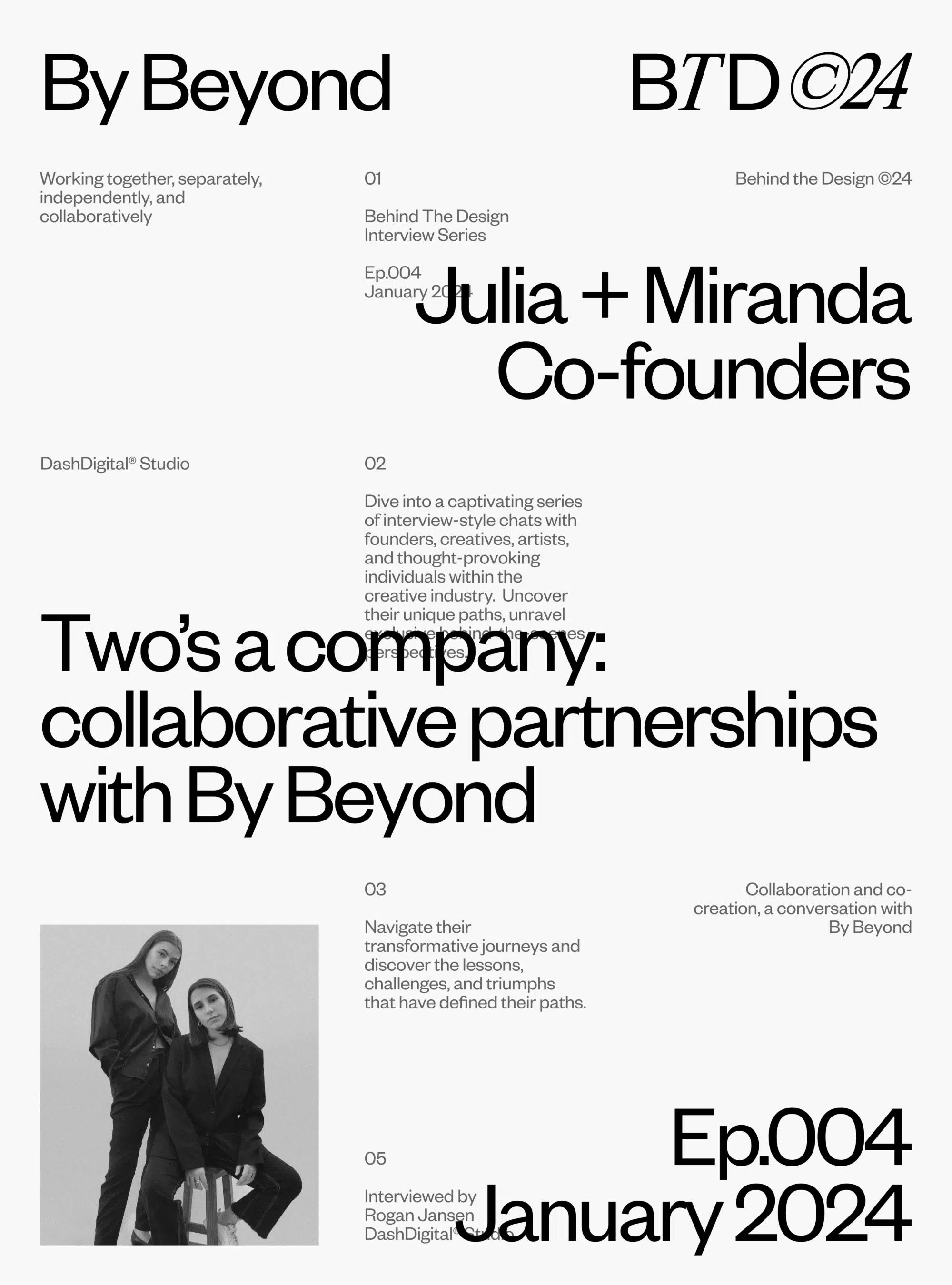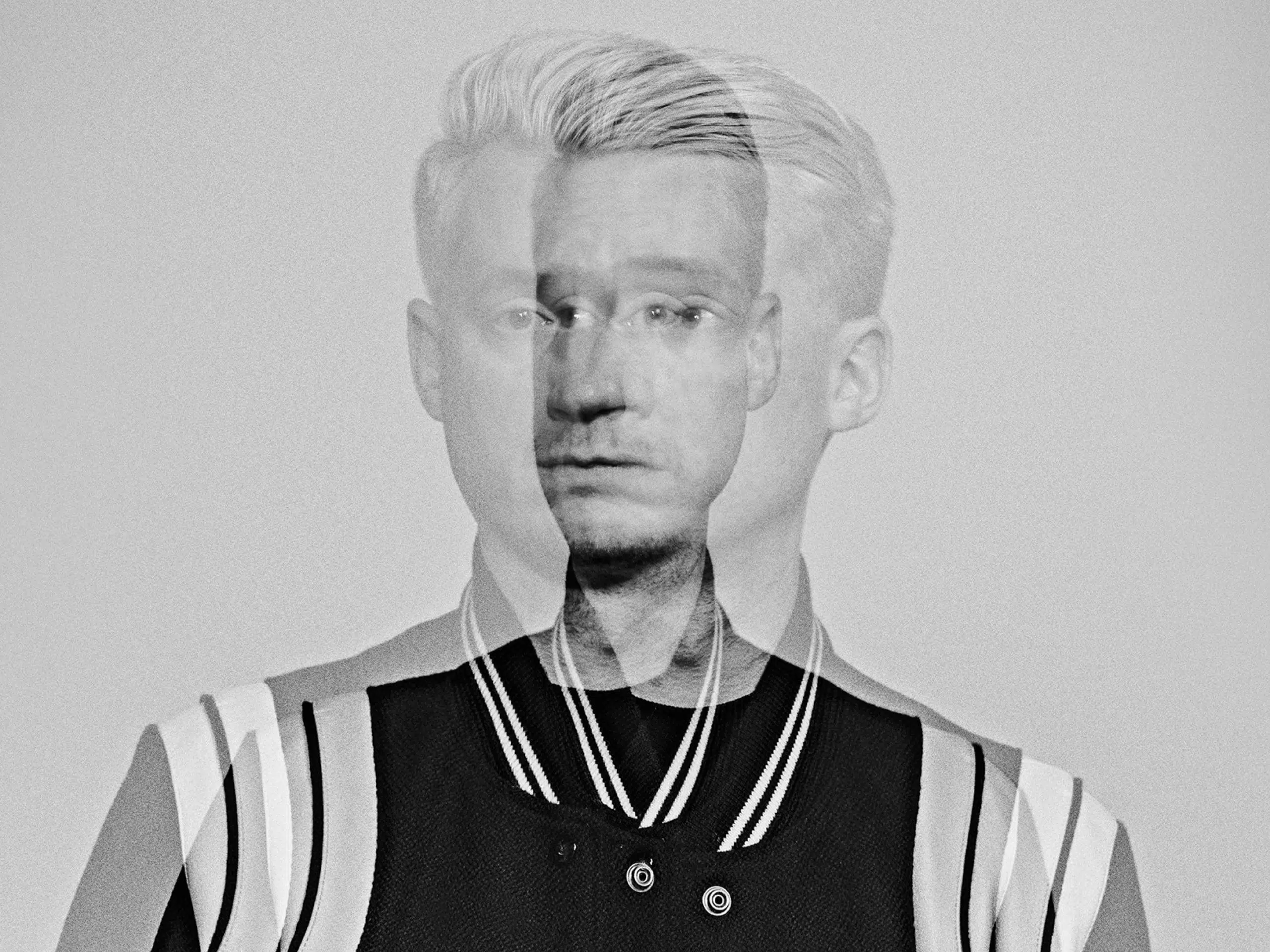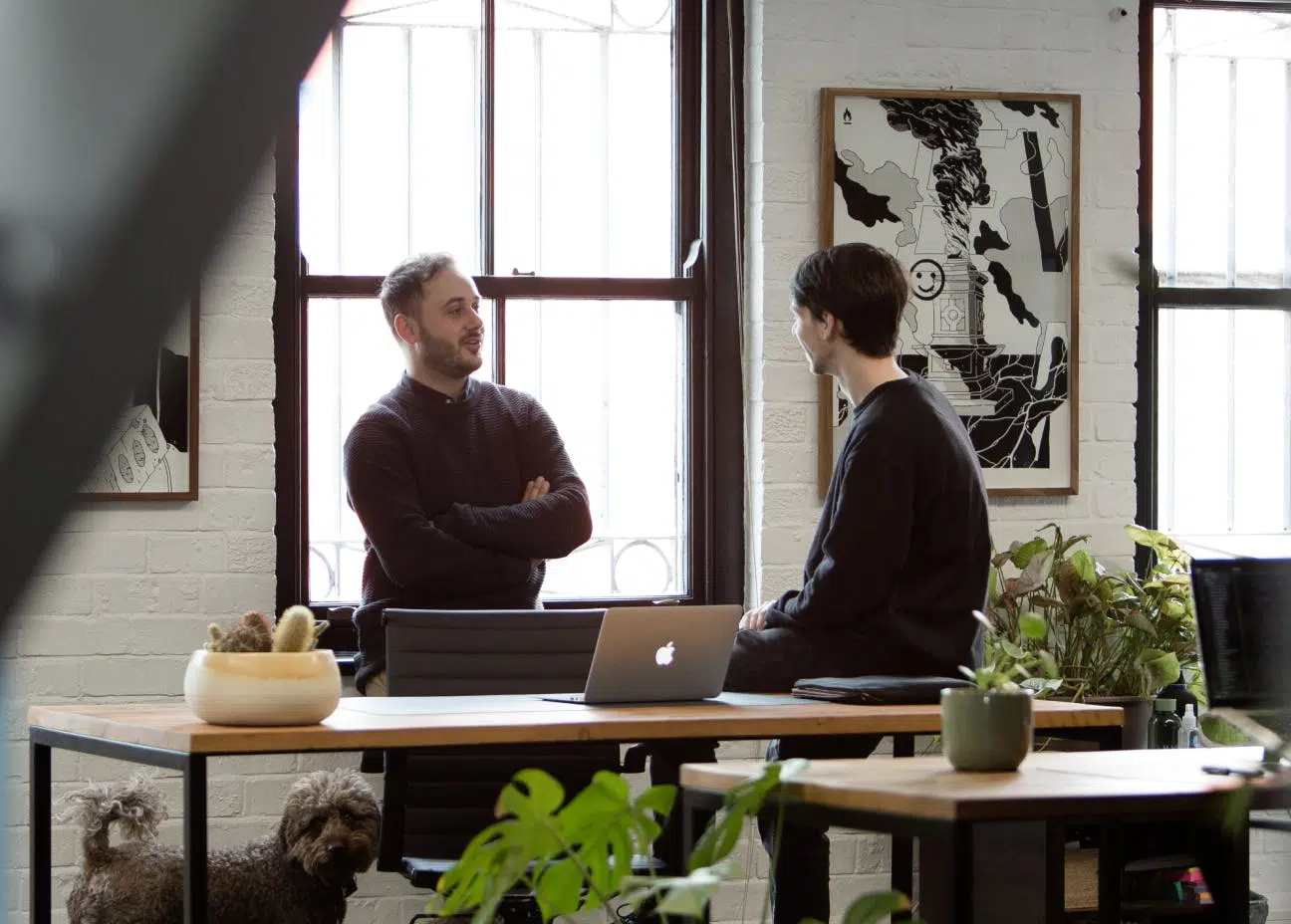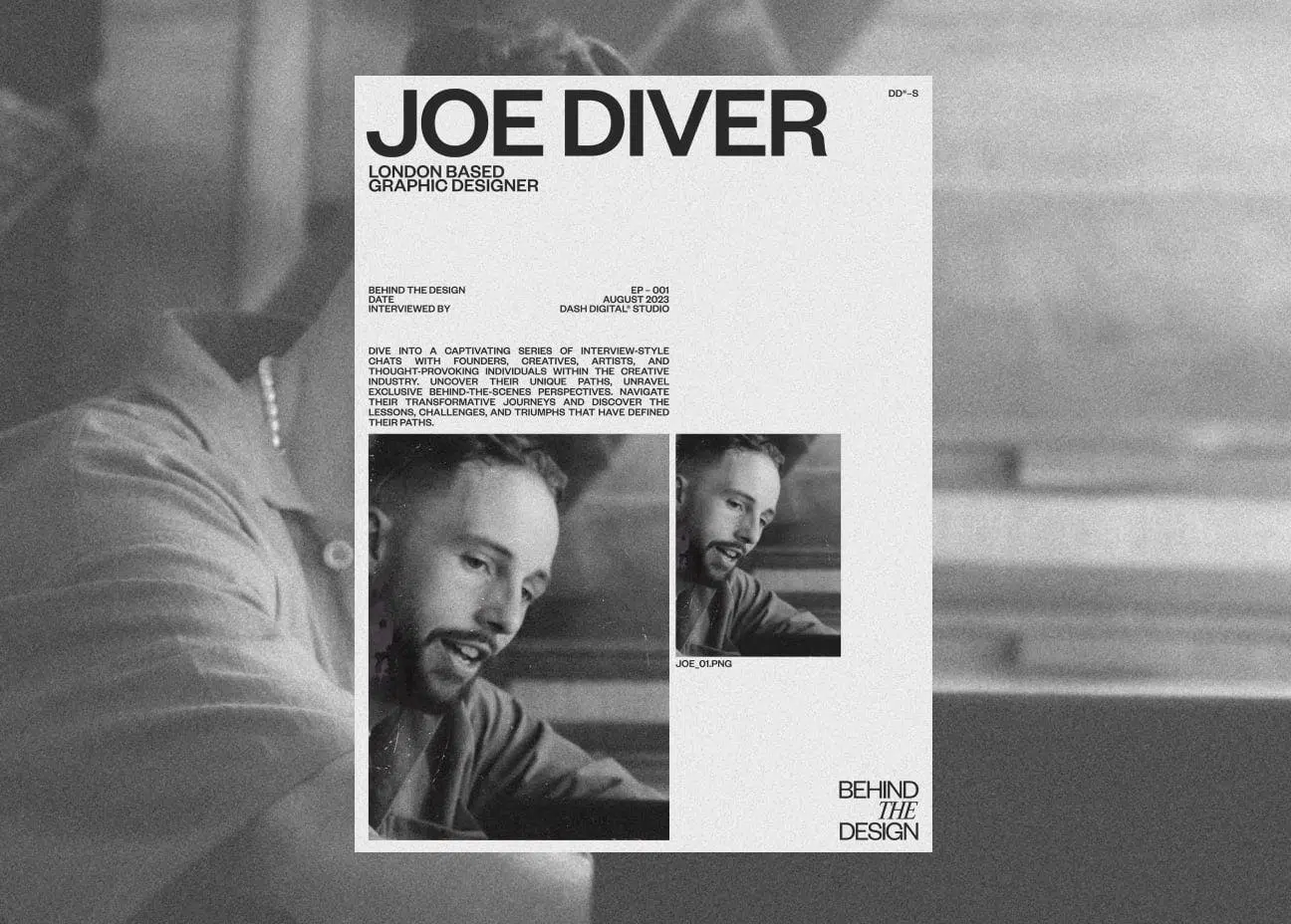By Beyond
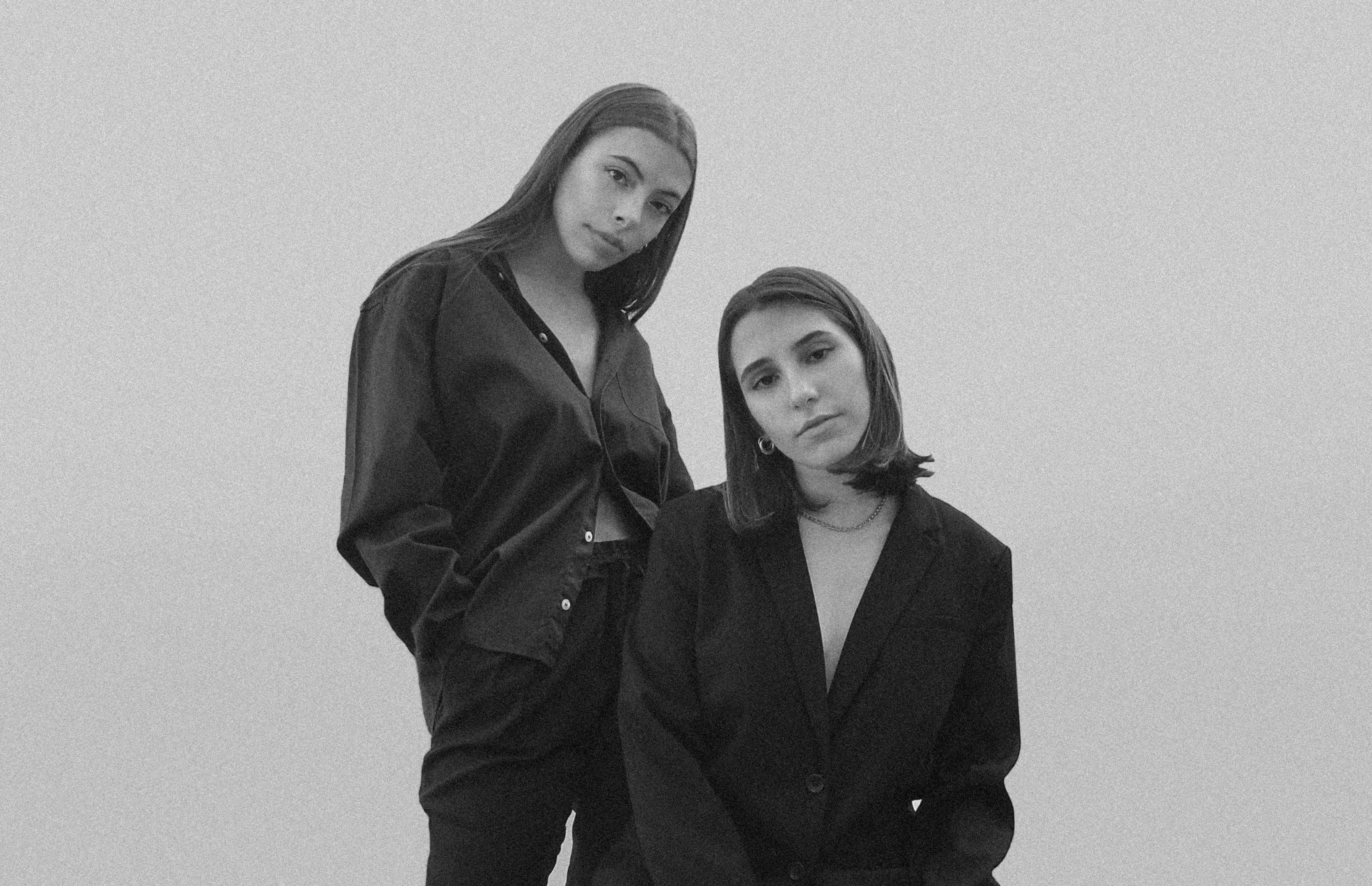
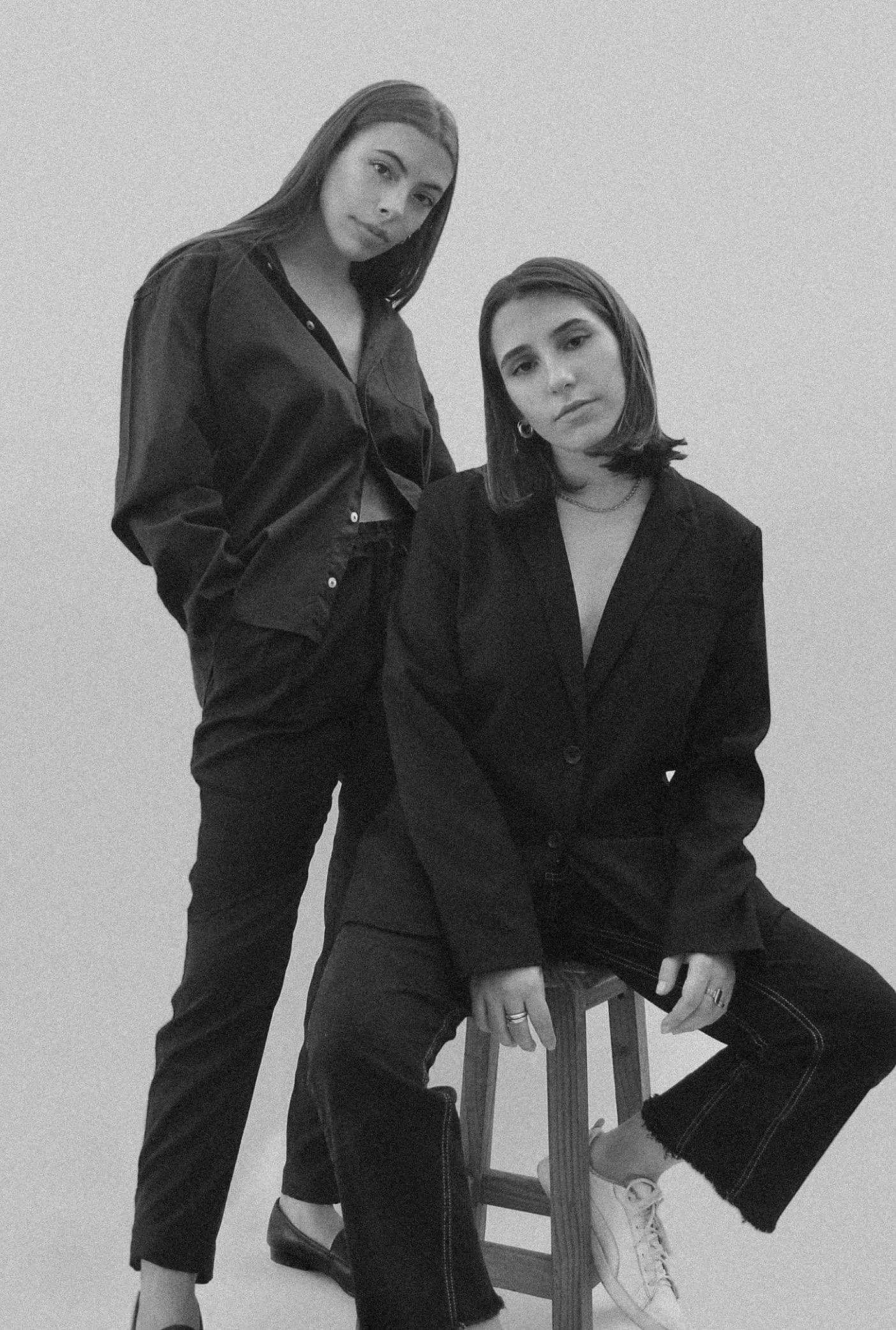
Today we're thrilled to introduce Julia Descole and Miranda Lopez Durnbeck, the founders of By Beyond, a female-led creative studio where the language of branding is spoken through the lens of simplicity and artful design, gaining an exclusive behind the scenes perspective, as we openly discussed the challenges and successes of running a design studio, unveiling the determination and commitment that drive them on their journey.
Maybe we can start right at the beginning – could you share the story behind the inception of By Beyond?
We met in college, I think it was the year 2016, in one of the classes. We didn't know each other and professors made us do group assignments. Julie didn't live near us – we were doing it by neighbourhoods, and she was not in my neighbourhood. She just, like, jumped into the group that I was in because one of the girls that she already kind of knew was in the same group.
So we kicked it off right there. We started talking, and we were both really dumb and silly – you know, first years of college – and basically we started by being study buddies. After that assignment, we became friends – very close. And we started doing all the project assignments together. That’s when we thought, “Hey, we work really well together. Why don't we like, do this?” Towards the end of college, we were like, “Maybe we could start, you know, doing this for a job.”
We saw that a lot of studios were in pairs or in groups. And we really looked up to those studios and we were like, “Why don't we have that aspiration we can make it and basically we just we started by making one single you know, Instagram account.
We didn't delete them, we just archived the posts, and if I look back at it, it looks like someone else designed it. Work from when we really started developing, maybe we don't love it right now, but it feels like us.
We were trying to find, you know, our aesthetic – but that's where everything began. We were like, “Let's do an Instagram account. Let's put both of our school projects here and start showcasing these projects to the world. And let's see where this ends up. And that's where the story begins.
So straight out of college, you guys just went with it immediately. What has that journey been like for you guys running your own design studio together collectively?
We wanted to bring this up: we don't feel like we're 100% established. We feel that we're working towards it. But we definitely don't feel like we're established. We're very happy and very proud of everything we've been through, but not 100% established. And we say this because sometimes you admire a lot of people, and see their work on Instagram or Behance, and think, “Oh, these people, they're so successful.” And, of course, they may or may not be.
But I think that it's very important to take into consideration that we're all humans, we're all trying our best. We feel like we have a long way to go – so that's also very important. We started officially, per se, during the pandemic: we made the most of that time by posting every day on Instagram, which was, you know, fun, but also very tiring.
That brought in our first paid projects that weren't from family, friends, or people we knew. We're so proud of the people that trusted us, because we were very young. We didn't have the experience to take on very big projects, but it made us grow a lot. So we're super thankful for that, honestly.
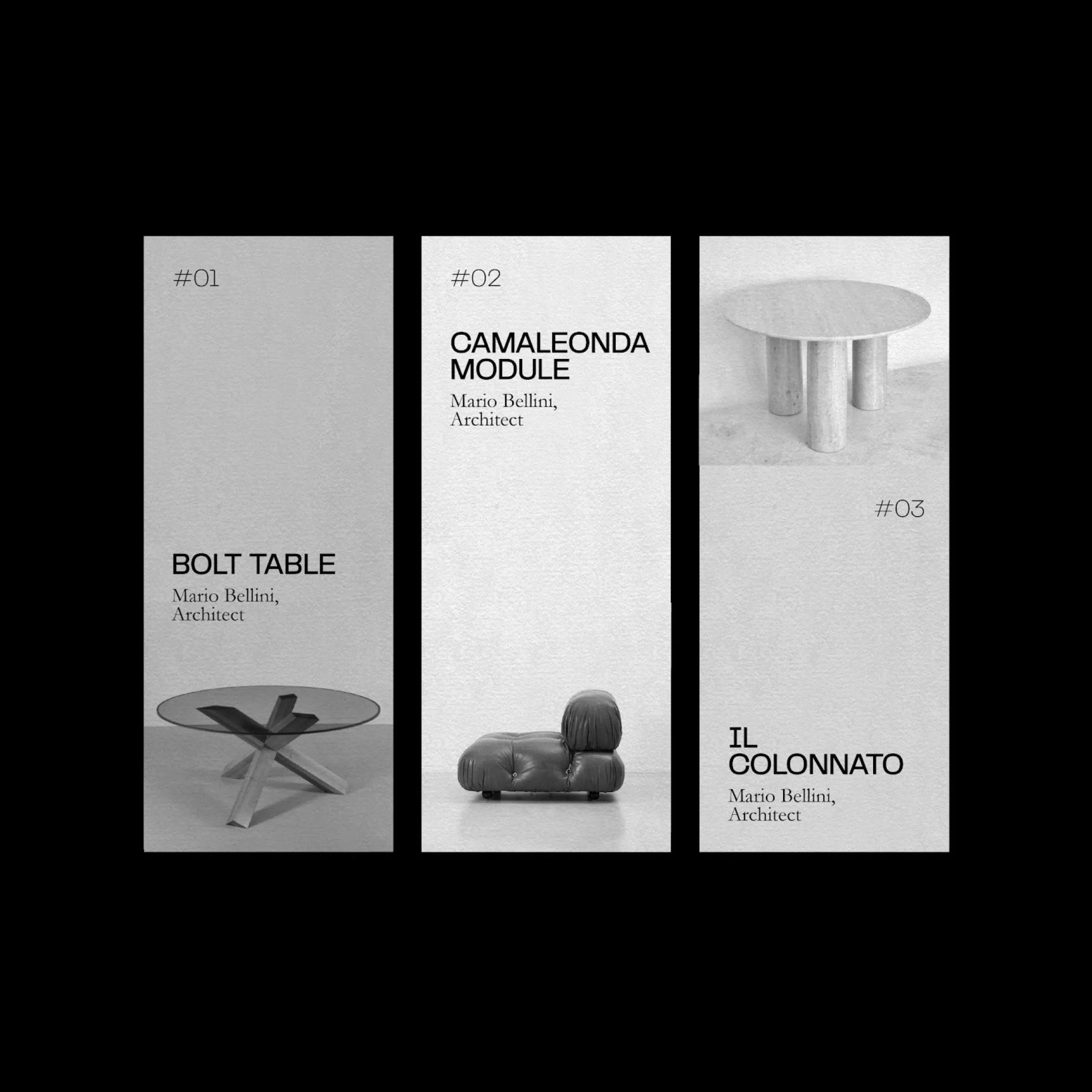
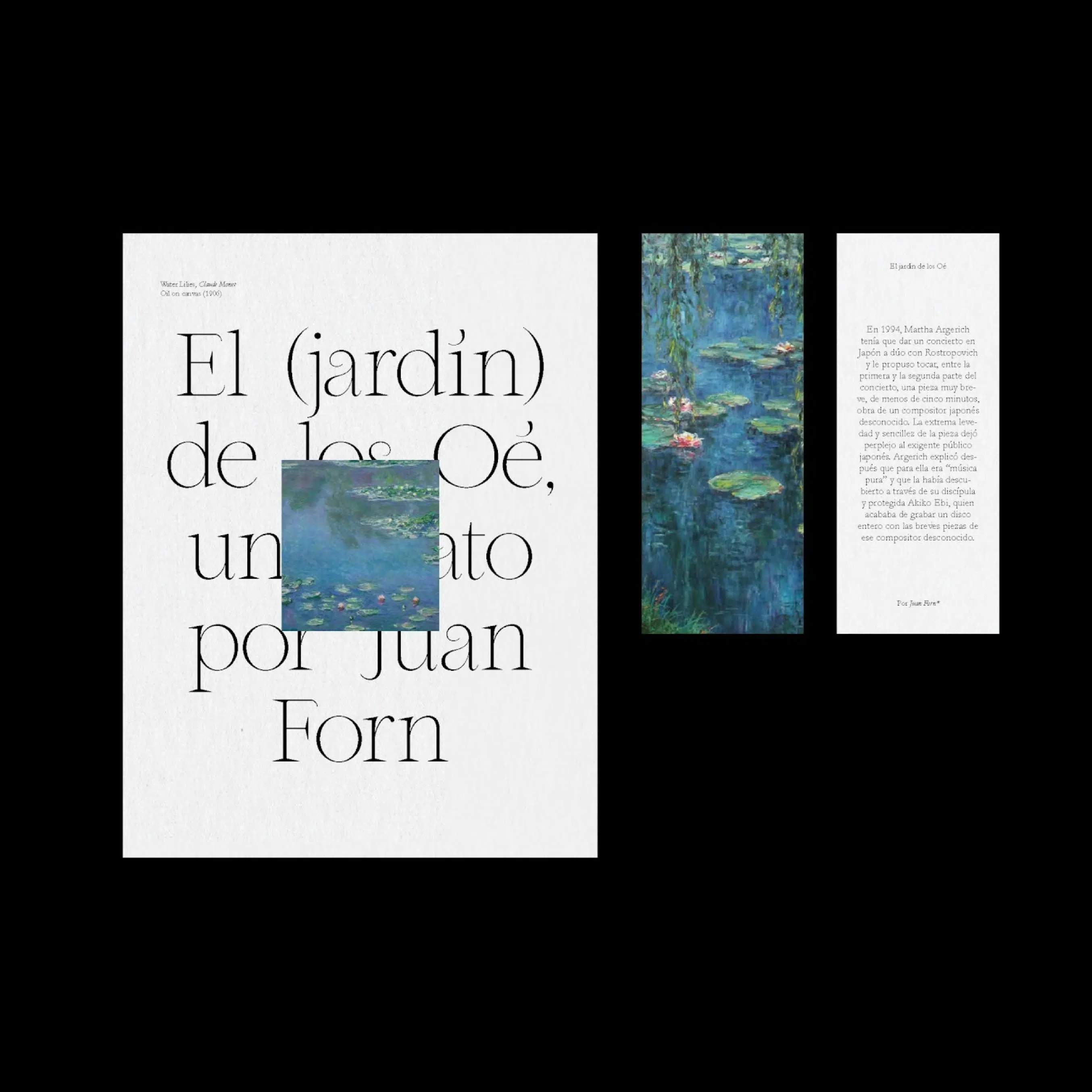
We definitely don't feel like we're established. We're very happy and very proud of everything we've been through, but not 100% established.
If you don't feel established now, when will you guys feel established? What's the line in the sand where you’ll say, “Okay, we are now officially established.”?
I honestly don't know. It's an interesting question.
I think our goals change throughout the years, which I think is very important. When we first started out, we wanted to be a studio, and we branded our services as a studio, and now we're kind of rebranding ourselves in that sense – as a partnership. Yeah, we're two people, we want everyone to know that we're two people.
We collaborate a lot with other studios, designers, and creatives. So I think that maybe feeling 100% established, for me, will be having a space – which for the time being we don't, since I live in Spain, and Miranda lives in Argentina. I think having a space makes you feel like, you know, you're you're in it. It also makes you feel like you have somewhere to go every day. So I don't know. But goals change a lot.
I agree with Julie that having a place, you know, a physical place to go and work every day definitely helps: you go there, you feel like it's your own place. You see the partner that you work with. But yeah, part of, you know, part of this rebranding that Julie mentioned, that we are trying to make, is because in the first years of By Beyond, we wanted to be a big studio with lots of, you know, things going on.
We’re being real in terms of she's living in Spain, I'm living in Argentina, we have a lot of time difference. That dream of having the space – it's a little further now, but it’s still there, and we're still trying to make everything work out.
We don't like how everything was merged into By Beyond – now that we are a little bit older, we're like, “Okay, but you're one person, I'm another and we have different things that we like things that we don't like.” And of course, we work together, because there are a lot of similarities. And I think that's a great, you know, starting point and a great burnt merging point for us in the work environment. But we also have other things that we like – other things that we do. So we're trying to discover our own personal identities within By Beyond. So that's why we were more flexible about work, and things we like, and clients and the word 'established'. That's why we’re trying to rebrand.
Within the dynamics of the studio, do you have set roles and responsibilities – when you take on a new job, do you know that "I do the concept side and you do the rationale"?
I would say that we are flexible – and gentle with ourselves like, "Hey, I'm struggling with this, maybe you can take a look." Ideally, we don't try to push ourselves to work within something that we're not very fueled by. Honestly, sometimes it just takes her looking at something and saying, like, “Oh, what if you do this?” and it's like, “Oh, like mind blown…” and it’s like a whole new thing.
I think that we try to divide the work based on what each of us feels like doing at the time. Being just two made us try a lot of things, and we really know what we like and what we don't. Running your own studio – or partnership, or whatever – also takes other things that aren't design: project management, finance, doing taxes, sending out contracts, those kinds of things. They build up, and take up a big part of your day as well. We try to divide up the work in a way that makes us both comfortable and happy.
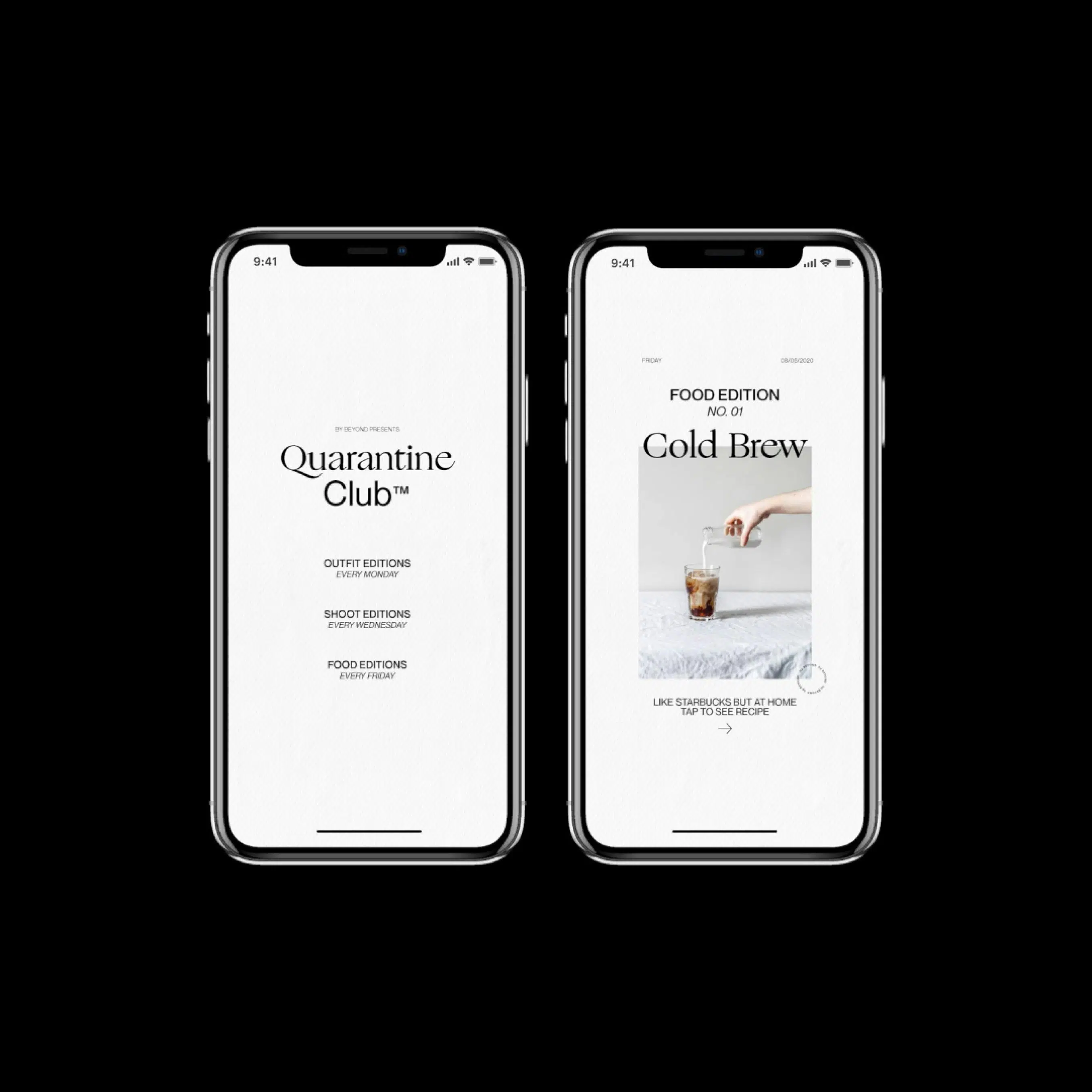
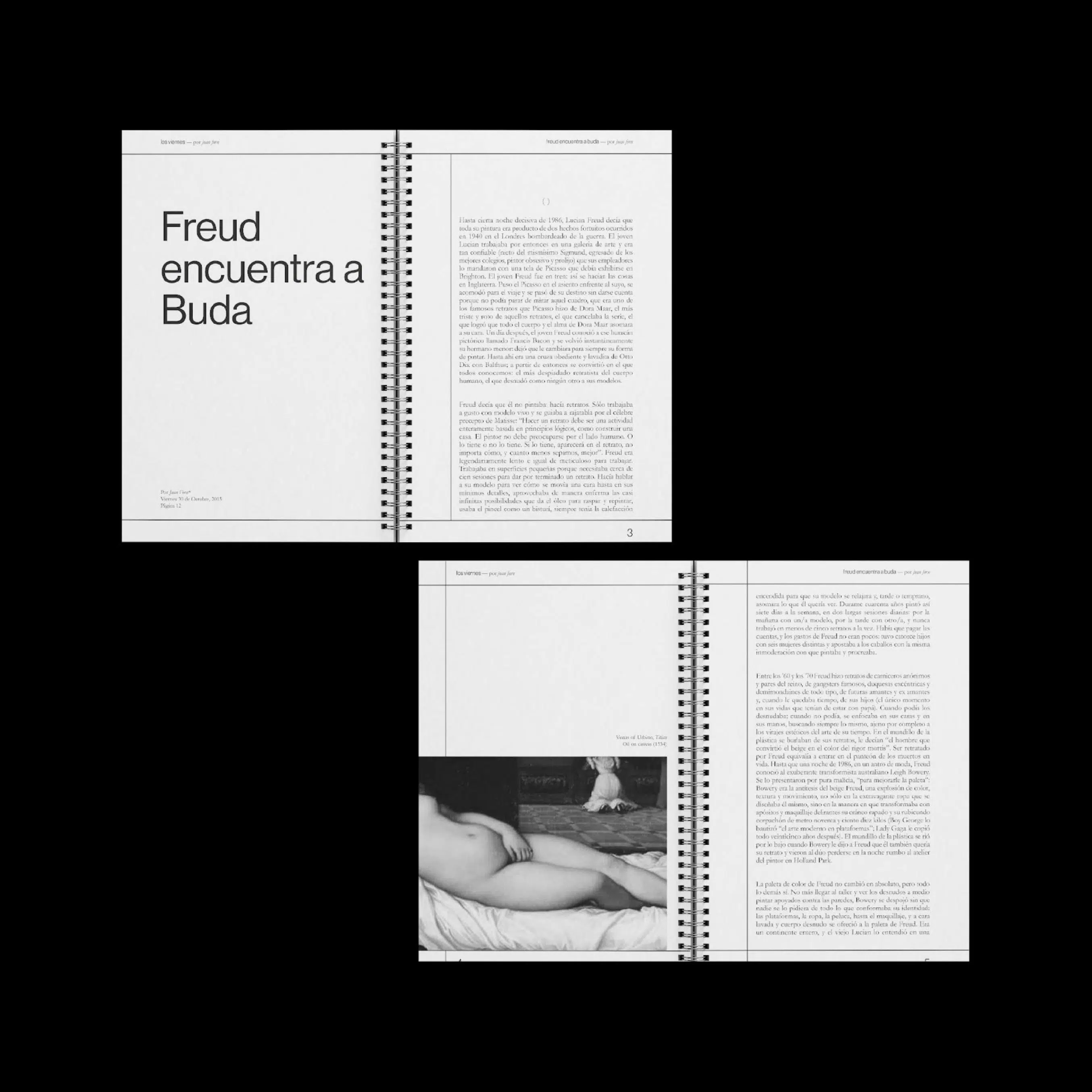
Can you guys take me through a huge challenge that you’ve experienced, and anything that you did to kind of overcome it?
We’ve always compared ourselves to big studios – we know who we admire, who’ve been around for a very long time. We’ve ended up learning that most of those are big studios, big studios who have photographers, directors… to get one project out, they have 10 people or five people working on that project. And we're only two!
We were comparing our final projects to some of them in terms of, not the work itself, but how it was presented: how beautiful their photos were, or how beautiful the final product was. We we have a lot of projects that are mainly digital, or a lot of projects that we don't have the final product: Argentina is a country where it's hard to send things – it's not like you can send me like 1000 items so that I can shoot them. We found that we were referencing and using inspiration from people that– I mean, their works are awesome, but we weren't there yet.
And I mean, we're not going to live up to that simply because we don't have the resources, or the people, or the time to live up to that 100% – and it made us feel bad! So we had to sit down and say, “Okay, these are great references for the future. But these aren't great references for this project specifically, because we're setting expectations way too high.”
I would say another one of our challenges, which is more personal, is that we're living in two different countries, still trying to carry this on with a lot of time difference and a lot of space difference. We’ve tried to put our work and our friendship above everything.
But of course, we have challenges because we have different lives. We’re living different lives – we can't do the things that we did before when we were both both living in Buenos Aires, which was for example, "Let's go grab a coffee," and you know, leisure things! We can't do that anymore. So sometimes it's more difficult than others.
You mentioned earlier that you like to collaborate and work with freelancers, other studios or potentially agencies. How do you guys manage working with different processes, styles or decision-making approaches?
We love collaborating. We feel it's one of the key elements in our partnership – I mean, By Beyond is a collaborative partnership on its own. In terms of how we work with tools, timelines, and styles and management, we usually like to talk it out: "We know how we work, and we know what works for us, but we don't know what works for you," The only way to get through that is by talking.
We have a meeting and it's like, "Okay, guys, this is the way we work. This is how we usually do things. How do you do things? Like let let me know, how does it work for you? What do you do? Do you do daily meetings? Do you do Slack? Do you use Figma? Do you use Meet? Do you use Zoom? What's your process?"
Have you guys had any big learnings in the birth of By Beyond and your journey so far?
I would say what Julie mentioned before about comparing ourselves to other people, other designers, other studios – I think that is the most valuable lesson that we learned along the journey. And I think that that’s a lesson that many designers might be in the process of learning. It's the same thing as when you're comparing yourself to a fitness model: you're looking through Instagram, and you see her like in French Polynesia, and you're like, "Ah, damn, why am I not there?" or "Why don't I have this body? Why don't I have this kind of money, or lifestyle?"
And it's the same thing, I feel, with designers – you're scrolling through Instagram, you see a nice project with a lot of videos and photography and the deliverables are great. They have great business cards – the paper feels excellent, like high quality, even on Instagram, they feel like "Wow, damn!" And you're like, “Why don't my projects look like this?”
You just have to see where you're at at the moment: “Okay, I value my skills. And I feel like I do great things,” because life is about empowering yourself. Knowing that maybe you don't have the budget to do that kind of production for a project, and that's okay – it doesn't make your project less valuable. Because we're not there yet. We can be in the future. But we're fairly young now. I'm like, "I can give you some tips and tricks, but I'm also in the learning process." I'm also trying to make it, like anyone here.
I think it's about transparency. And I think from the outside in, it's completely different. And I was talking to someone last week who runs a really successful design studio. From the outside, they're doing amazingly, executing everything perfectly. And you don't really realise until you chat to the people that everyone's got issues. I'm sure there's other people looking at your guys’ work saying the same thing.
That's why we love the opportunity to come and talk here – because we wanted to make it clear that we're still in the learning process. We're very flattered that a lot of people come and say, "Hey, I love your work." That's great.
Because we love their work, too. But it's like, “We don't have everything figured out. And we're still in the learning process.” So one valuable lesson would be don't compare yourself to others in any areas of life.
It's important to know where the inspiration ends, and where comparison starts, and not be harsh on yourself. I don't think it's easy, honestly. Even if I say it here, we're still working on it.
Sometimes it still happens and you still feel bad. Like why why am I why am I why am I not that person? But it's exciting, I guess.
It's fun – sometimes you wake up and open Figma and it's like, “Oh, a lot of work has been done! It looks like my sleeping time was very fruitful!”
that you guys are coming on to the show and being as open as you are, because it's really nice for everyone else to get an understanding that that it's it's not perfect, and everyone's learning and everyone goes through some like some kind of self sabotage with their work or something where you look at it and you're like, "Why can we get it to that level?" But people misunderstand that: everyone is thinking that.
Yes, I guess we are.
You guys are living across the world from each other. You're both founders, which makes your life quite dynamic. And there's half a workday’s time difference between you. Can you walk us through a day in the life of each of you?
It’s really flexible – based on the projects we're taking on. If our project is mainly based in Argentina, and we need to have meetings with the client in that time zone, then I'll probably say up later, just to make it easier on the others.
But on a daily basis, we work on our own timeline, I work nine to five, here. We meet twice a week, as we said before, but it's not like we sync our working times, which I also think is good, because it's fun – sometimes you wake up and open Figma and it's like, “Oh, a lot of work has been done! It looks like my sleeping time was very fruitful!” For clients, it's also good, because you have a very wide timeframe to speak to either one of us – if it's European time, then I'll be here, but it's in Argentina, then she'll be there.
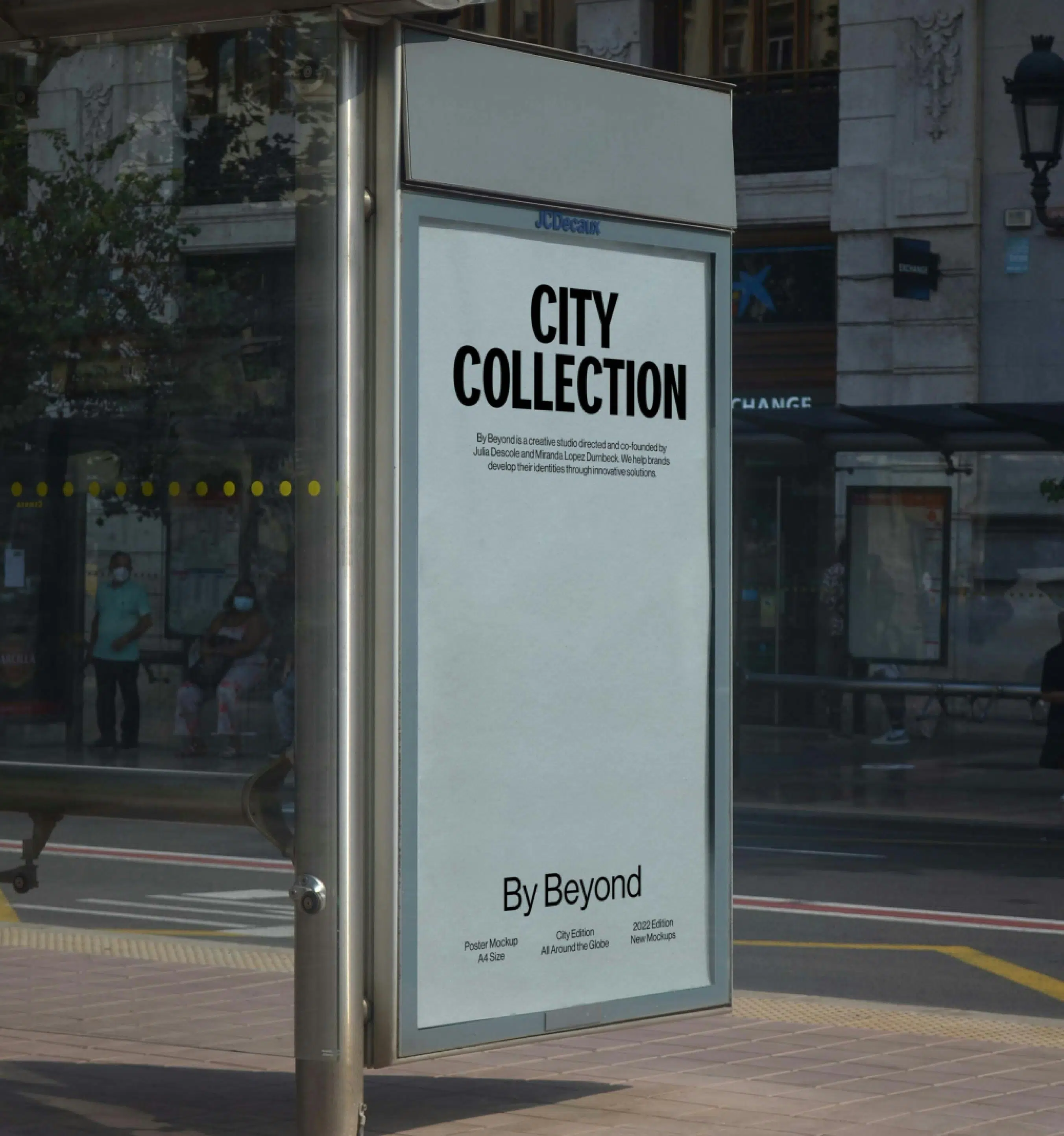
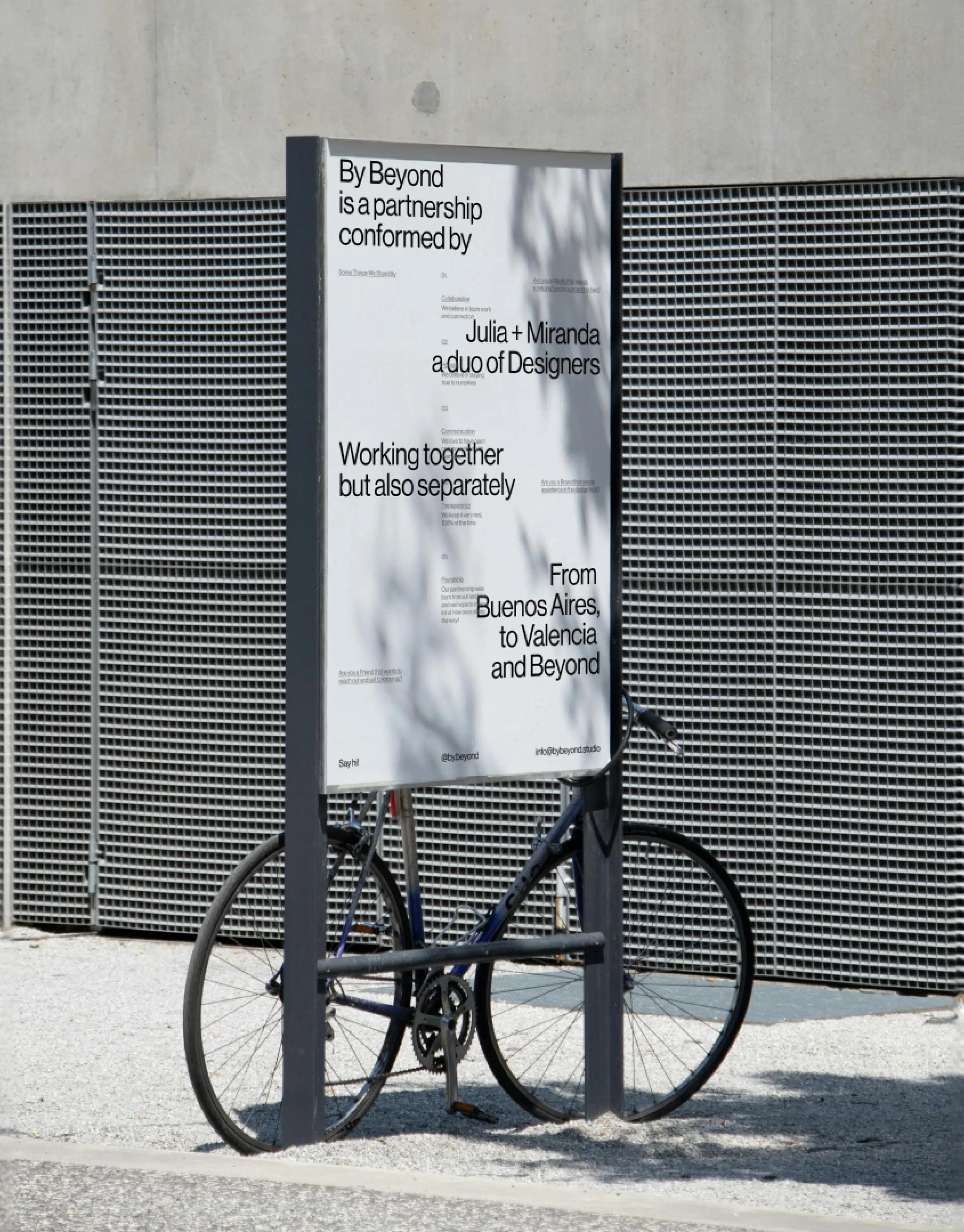
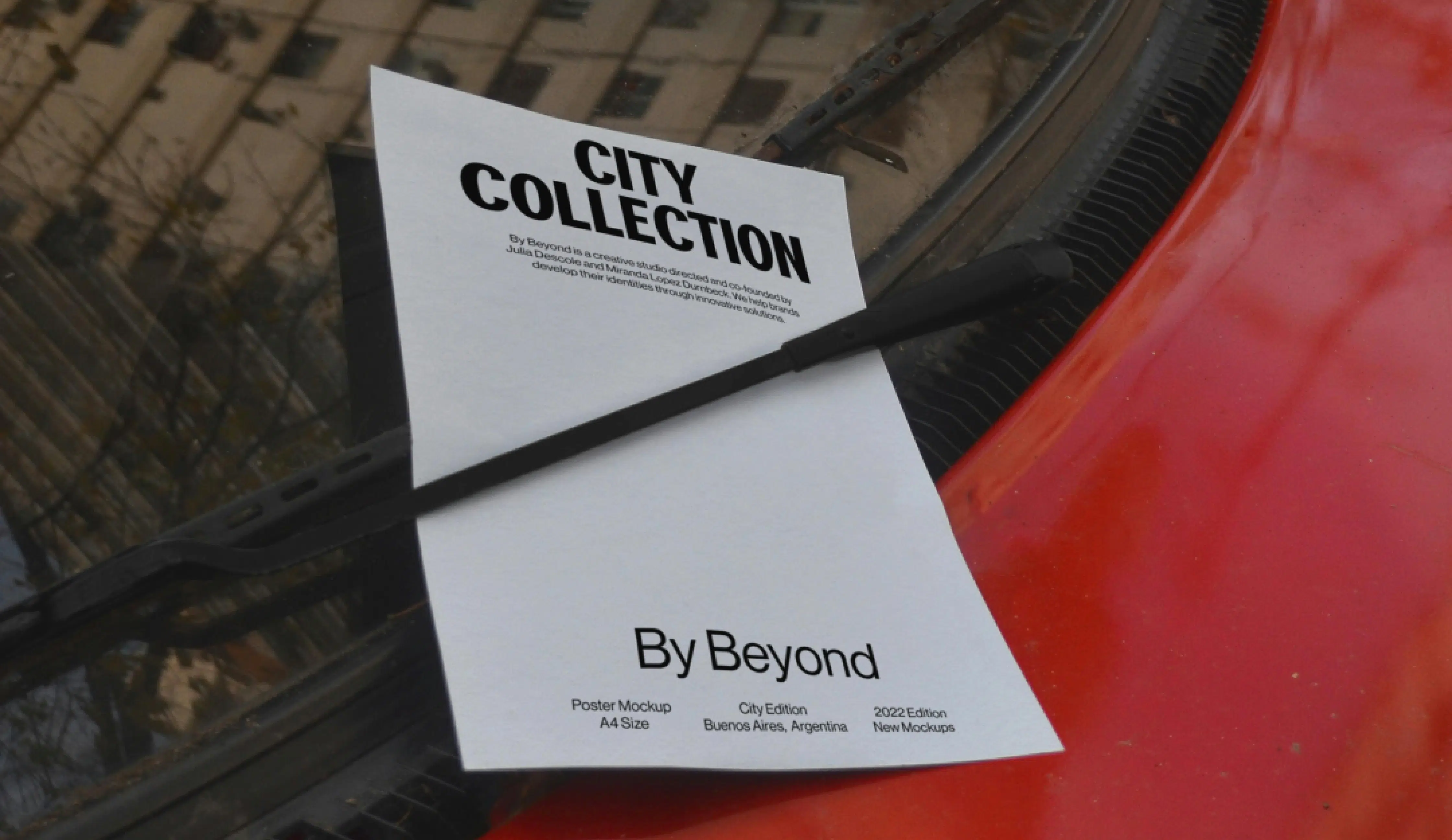
Is there a particular project that holds a special place in your heart, and could you share why it holds such a special place for you?
In July 2020, during lockdown, we were approached by two young guys from Texas, USA. They told us the story about Chaiboy, and how they wanted to reshape the way we see tea – they wanted to introduce tea to nightlife and to a very, you know, luxurious lifestyle. They wanted to elevate the concept of tea, away from the mindfulness, yoga and wellbeing elements of tea and making it more as a lifestyle, nighttime–
They wanted it to take the tea away from daytime and bring it into nightlife.
If you could choose your dream client, what and who would that be and why?
I think that it’s changed a lot. I've always wanted to work with architects, interior designers, or industrial designers. I think those are the main fields I'd love to work on. Now I'm drawn more towards someone that I respect – like, a brand mission that I honestly respect.
We’ve had the chance to work with architects in the past. And it's really fun, because it's like, “I have this vision,” – so, it's different representations of design. In that sense, we have that base of dream clients. But as Julie said, she at the moment has the dream of working with someone that aligns with her personal values, like sustainability. At the moment, I would like to give UX/UI design a go – maybe an app.
When growth comes, we change, we learn. It doesn't mean what you wanted before is less valuable. It just means that now it's different.
Working remotely and building our portfolio, working with clients. But we’re also working on ourselves and our own personal identities.
What does the future look like for By Beyond? Are you just going to play and go and see how it goes, or how do you envision the future for your studio?
Interesting question. On one hand, I would say we don't really know – we don't know what the future holds for us. We want to maybe keep learning, and have talked about doing a master's degree, maybe together – we don't know.
We want to keep learning, that's for sure. We want to keep building our skill set. For the time being, I would say things will look kind of like what we're seeing right now, which is working remotely and building our portfolio, working with clients. But we’re also working on ourselves and our own personal identities. That's the thing we're working on.
That concludes an exciting episode of Behind the Design. If you're eager to delve deeper into the world of digital design to catch up on our conversations with inspiring creatives, just search for ‘Behind the Design’ on your favourite podcast platform.
Keep an eye out for future episodes by following us on Instagram, and we’ll look forward to catching up with you soon for more insightful conversations with creative industry founders, artists, and thought-provoking individuals.
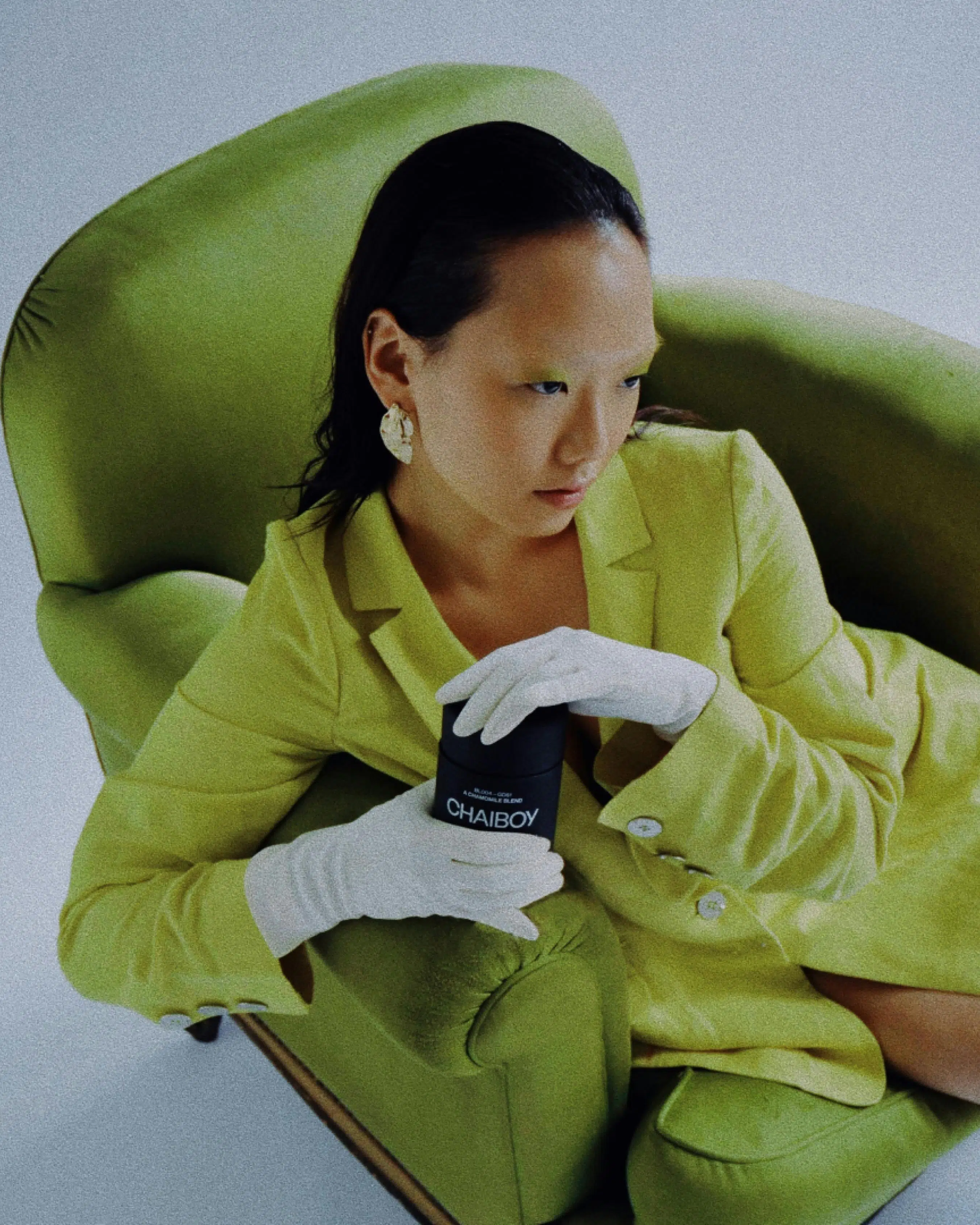
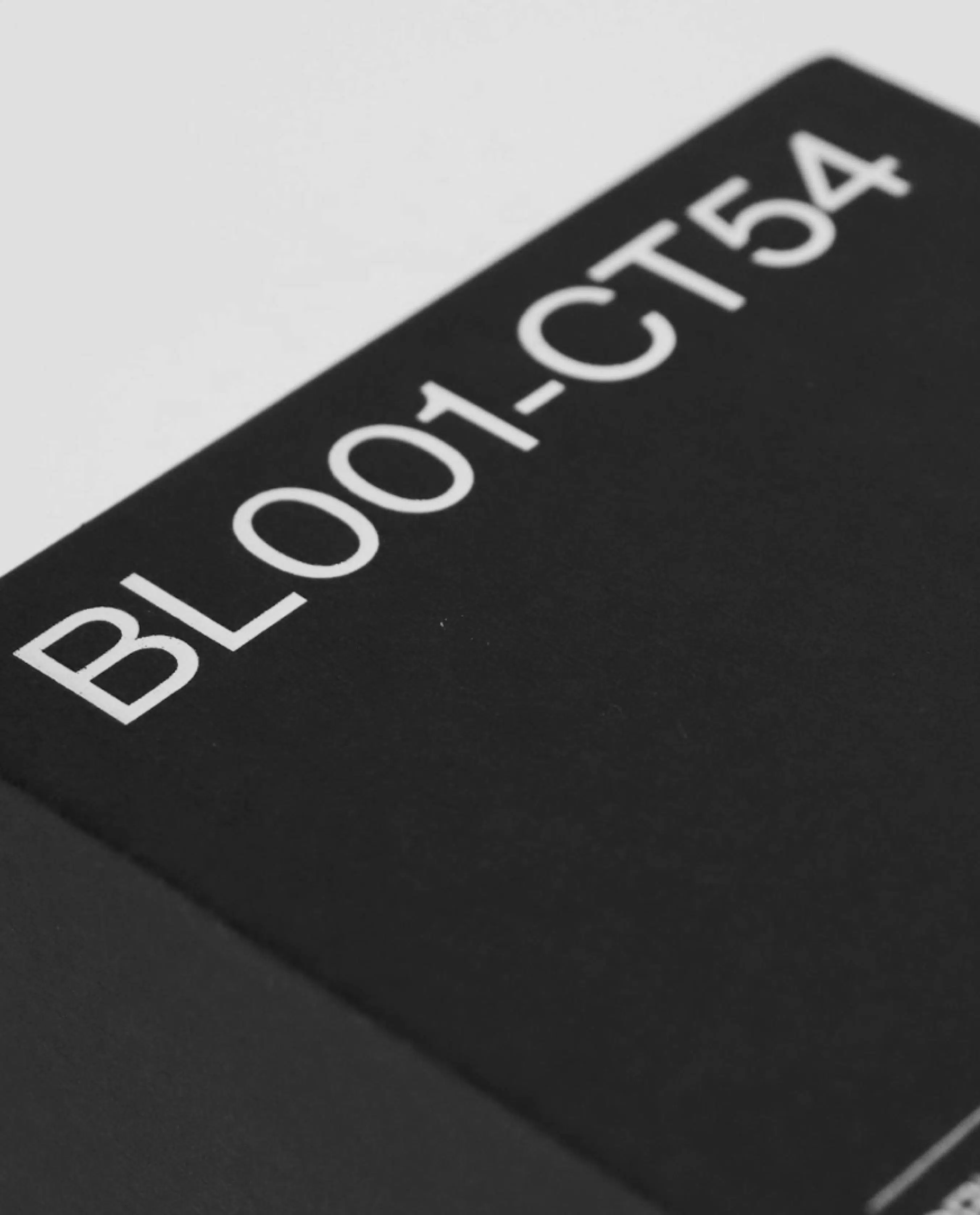
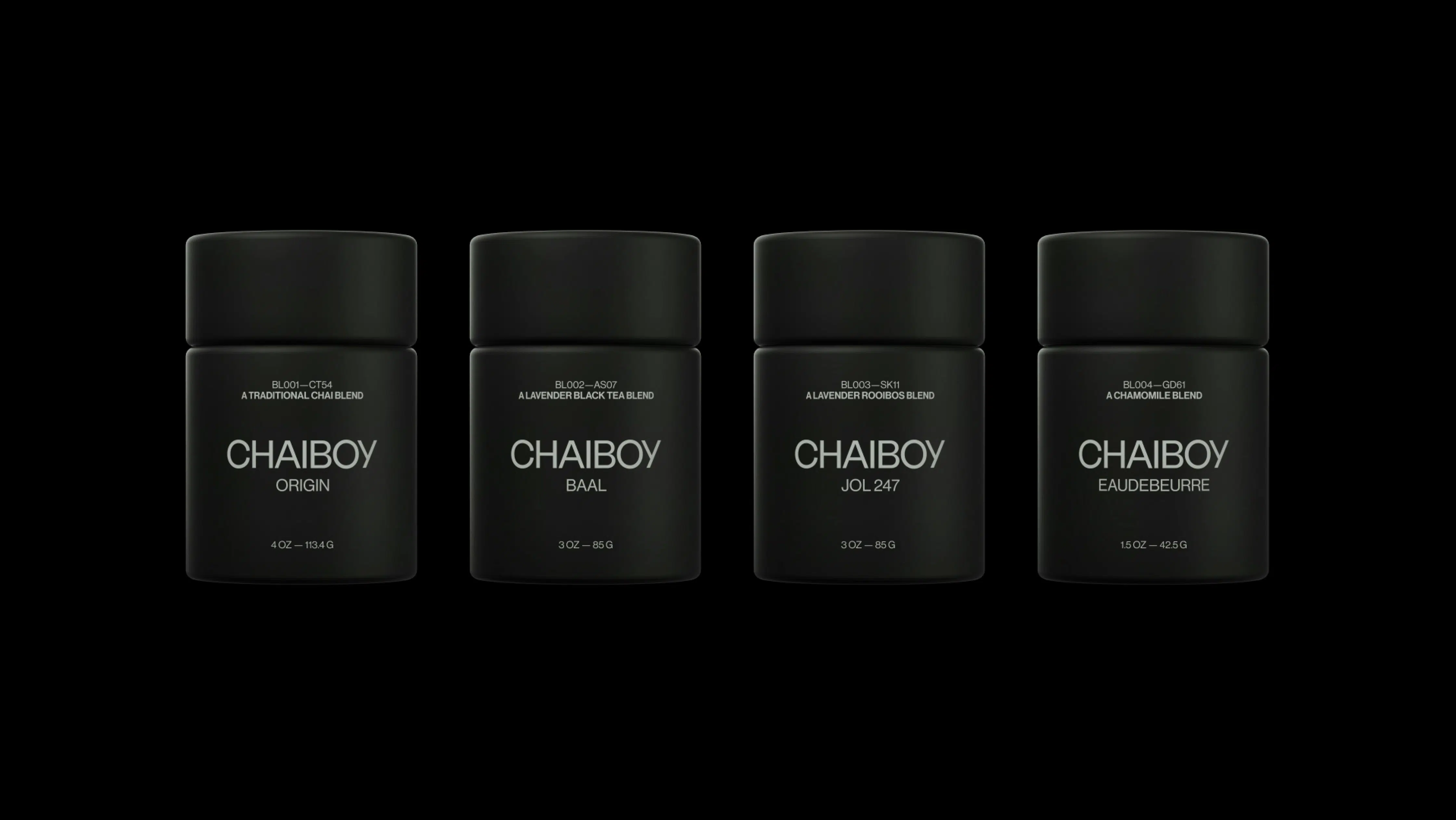
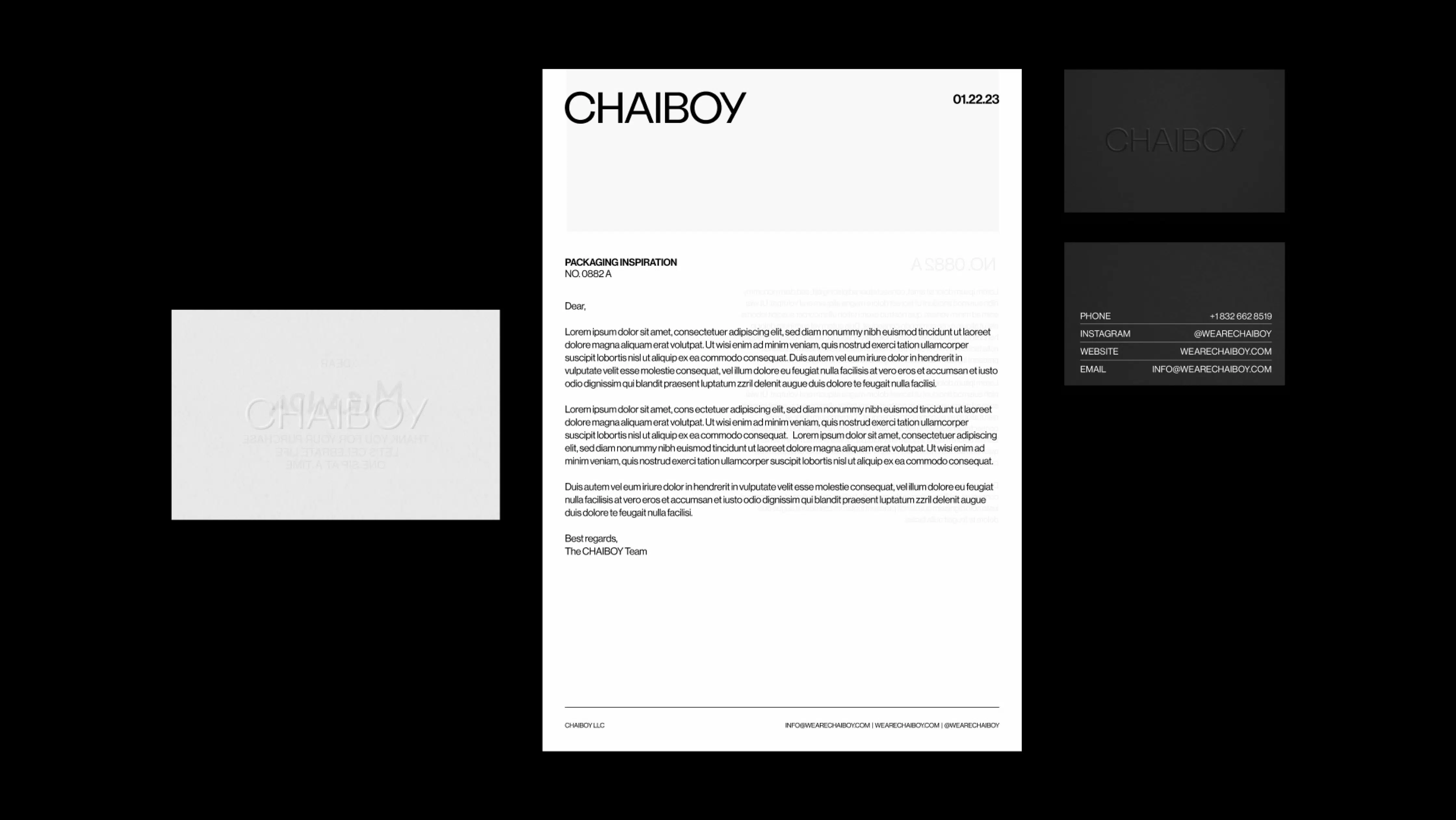
If you’re eager to dive deeper into the world of digital design, and catch up on our conversations with inspiring creatives, just search for “Behind The Design” on your favourite podcast platform.
Each poster is a tribute to the individual we interview, incorporating elements from their conversation into the artwork and designed to encapsulate their distinct style.
